The Camera:
For these images I used my Hasselblad 500 C/M with a Zeiss C Planar 80mm f/2.8 lens. This camera dates back to 1841 when Fritz Wiktor Hasselblad founded a trading company, F. W. Hasselblad and Co. in Gothenburg, Sweden. Arvid Viktor Hasselblad, the founder’s son, launched a photographic division of the company, expecting little monetary success. While on his honeymoon, Arvid happened to meet George Eastman, the founder of Eastman Kodak. The two formed a lifelong partnership and friendship.
Arvid’s grandson, Victor Hasselblad, studied every aspect of the camera business in Europe and the U.S. and even studied under Eastman. In 1937, Victor left the family business due to disputes with his father and started Victor Foto. Flash forward to 1948 and Victor’s company made their first commercially successful film camera. The brand really took off in 1957 when the 500 C was released. Starting in 1962, NASA began using Hasselblad cameras on space flights and popularity sky rocketed. The 80mm lens I used for this project is actually the same model as one of the lenses used on the Apollo missions. This specific model started production in 1970.
The camera accommodates a variety if film backs. Although it has existed for over 50 years, new attachments are still being made. NONS Camera specializes in instant cameras and makes a special electronic instant film back for Hasselblads.



The Film:
This film back can only be used withInstax Square film, an instant film made by Fujifilm. The first Instax camera and film were released to the public in 1998 with the square version being created in 2017. The film is an improvement on the Polaroid system cameras and film sold by Eastman Kodak in the 1970s and 80s. Kodak stopped selling instant film after being sued by Polaroid in 1986. Fujifilm, on the other hand, struck a deal with Polaroid where they could continue marketing their own line of instant film as long as they did not sell in certain markets (including the U.S.) until Polaroid’s original patents expired in the mid-1990s.
Making the photos:
I used the camera in multiple settings. First I tried it on a bright and cloudy day when Lake Superior was extremely still. I then tried it using soft window lighting, which I think resulted in my favorite photos. Lastly, I made some photos of Loring Park in the late afternoon sunlight. The instant back attaches to the Hasselblad like any other film back. Once the dark slide is removed, I can set my shutter speed and aperture and make a picture like normal. Once I expose the film, I press a small button on the instant back and it comes out of the left side. Then I let the image slowly appear like with any other instant camera.
Instant film contains all the dyes and chemicals required to produce an image without a dark room. Layers of emulsion dye and developing dye are coated onto the little sheet with the developing and fixing chemicals packed into that thicker pouch at the bottom. As the film is ejected from the camera, rollers break the seal on that pouch and then evenly roll the chemicals over the image to start the chemical process.
The Results:
With the film being ISO 800, it’s pretty light-sensitive, so using it in broad daylight created slightly overexposed images. I also attempted a few double exposures that seemed to work best when taken in indirect sunlight. Overall, it was very cool to get sharp images on instant film.
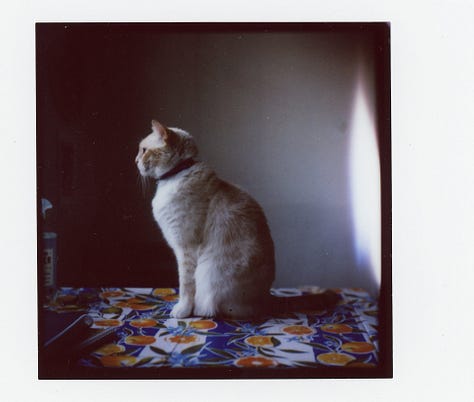


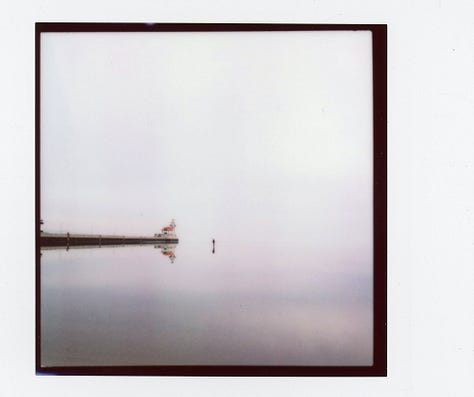
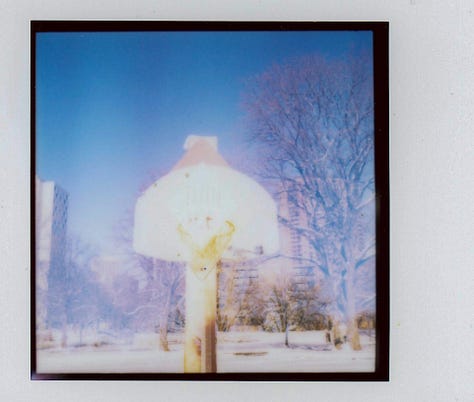
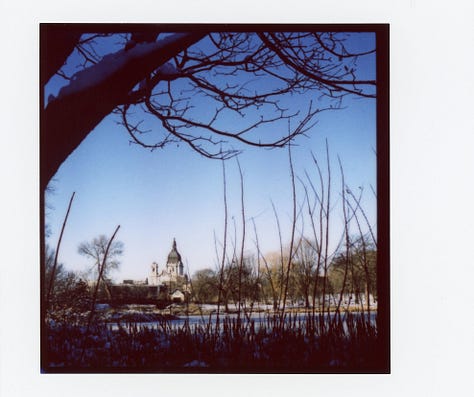
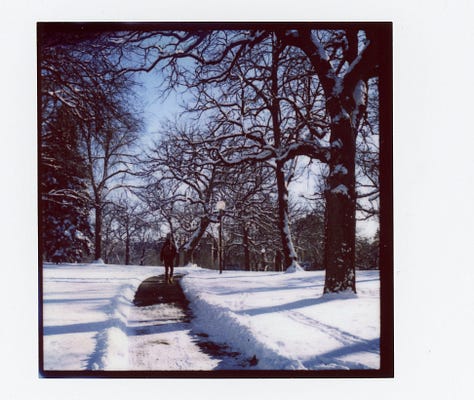
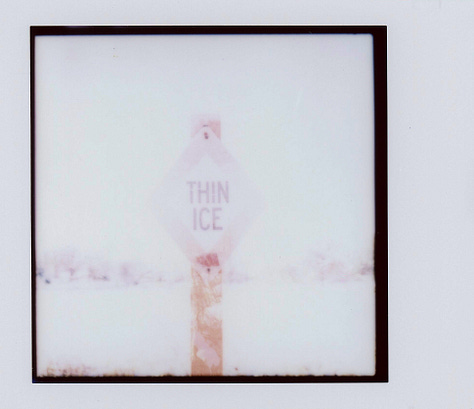

Fun Fact:
Hey Ya! Contrary to what Oukast may have told you, no instant photo print should be shaken. It can actually create air bubbles or uneven development and cause imperfections in the final image.





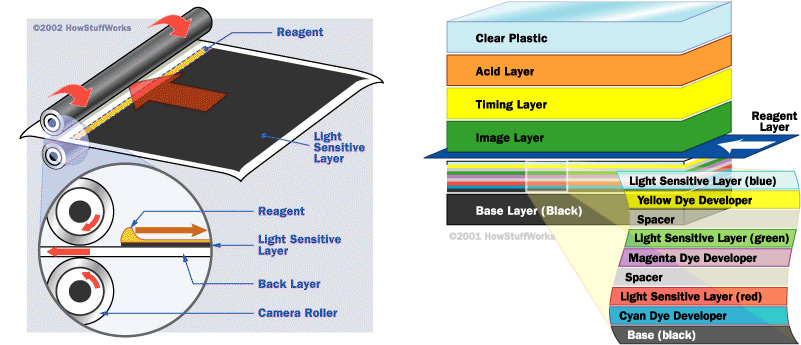

Amazing title. And gorgeous cat whoa